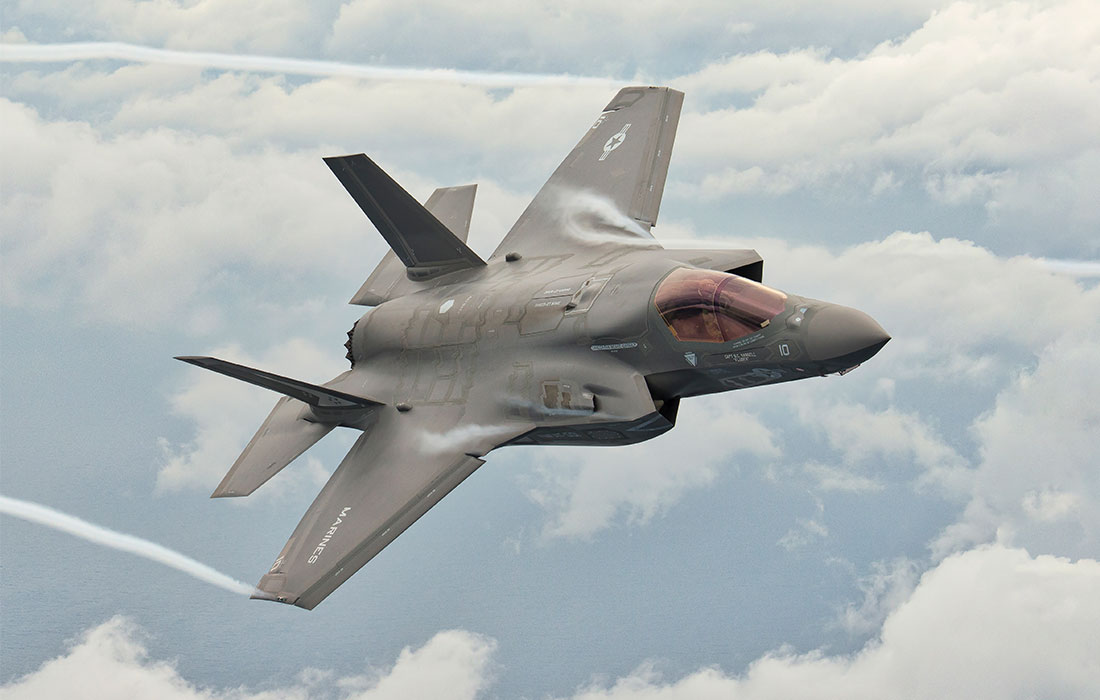Just as important as having an experienced pilot on the stick is reliable equipment that can perform as expected while in the air. This makes actuators some of the most crucial components of any aircraft. In simple terms, these are mechanical or electromechanical devices used to convert electrical, hydraulic or pneumatic energy into motion.
Actuators are essential elements of flight control systems including rudders, elevators and ailerons. They also serve important roles in landing gear and braking systems. When they function properly, actuators provide the precision needed to ensure aircraft respond to pilot’s controls.
The Role of Actuators in Aircraft Safety and Efficiency
Because of the crucial role they play in controlling aircraft, actuators need to be responsive and precise to ensure planes operate as safely and efficiently as possible. For example, actuators enable automatic stabilization, which is necessary for precise maneuvering. They also support fly-by-wire and autonomous control systems, which translate the inputs made by the pilots into movements made by the control surfaces. Many of today’s actuators also feature advanced energy-saving designs that enhance the fuel efficiency of the aircraft.
Electromechanical Actuators in Aviation
One of the most common types of actuators used in aviation applications is electromechanical. These components use motors and gears to convert electrical energy into mechanical motion. Electromechanical actuators often use servo motors to provide the most precise control over their motion. These are primarily used in primary and secondary flight control surfaces such as flaps, slats and ailerons. However, they also may be found in landing gear and braking systems because of their ability to ensure smooth deployment, as well as in autonomous control systems due to the added precision they offer.
Hydraulic and Pneumatic Actuators in Aviation
Other types of actuators commonly found in aircraft are those that use either hydraulic or pneumatic force to operate. The former uses compressed fluids to generate force, while the latter utilizes compressed air.
Hydraulic actuators tend to be used in heavy-duty applications because of their higher power density. Some examples include landing gear and in thrust vectoring. The trade-off is that these require fluid reservoirs and pumps to operate, which add to the overall weight of the aircraft. Pneumatic actuators, on the other hand, deliver less power but are lighter thanks to their simpler design. This makes them ideal for a wide range of non-critical applications including for door mechanisms and auxiliary systems.
Work With the Leaders in Innovative Actuator Technology
As the aviation sector demands higher and higher levels of performance from aircraft, manufacturers will seek out actuators that are more capable and precise than those of previous generations. Marotta Controls has been a leader in serving the aviation and aerospace sectors for decades. Our commitment to developing the highest-quality control actuation systems has led us to create numerous solutions that deliver the precision and dependability that are absolutely essential in flight.
From piezoelectric actuators to high-pressure pneumatic systems, we offer a wide range of products made specifically to meet the exacting standards of the aviation market. The expertise and experience we bring in serving manufacturers mean we provide the best options for precision control and reliable performance even under the most demanding of conditions. To learn more about how Marotta Controls can solve your actuator needs, reach out and speak with a member of our experienced team today.
About Marotta Controls
Founded in 1943, Marotta Controls is a fully integrated solutions provider that designs, develops, qualifies, and manufactures innovative systems and sub-systems for the aerospace and defense sectors. Our portfolio includes pressure, power, motion, fluid, and electronic controls for tactical systems, shipboard and sub-sea applications, satellites, launch vehicles, and aircraft systems. With over 200 patents, Marotta Controls continues to build on its legacy as a highly respected, family-owned small business based in the state of New Jersey. LinkedIn: Marotta Controls, Inc.
# # #
Contact:
Katee Glass | Marotta Controls, Inc. | [email protected]



